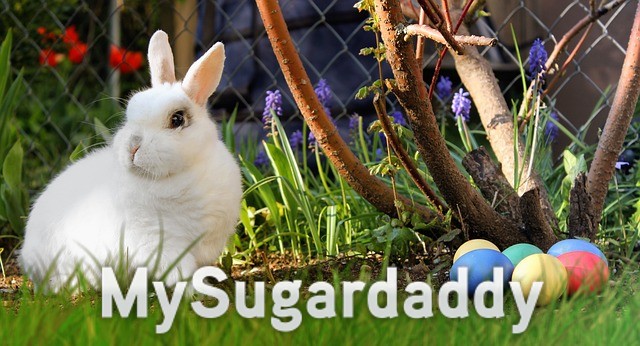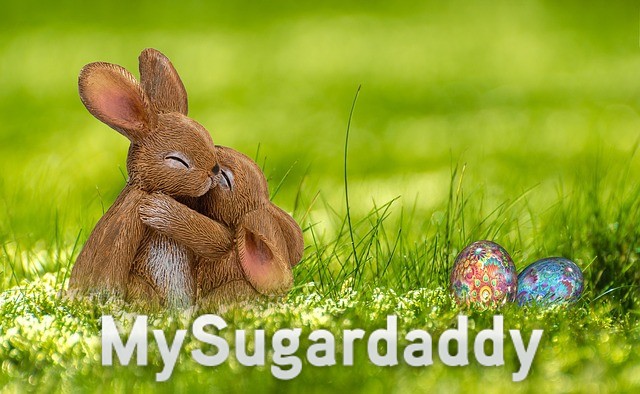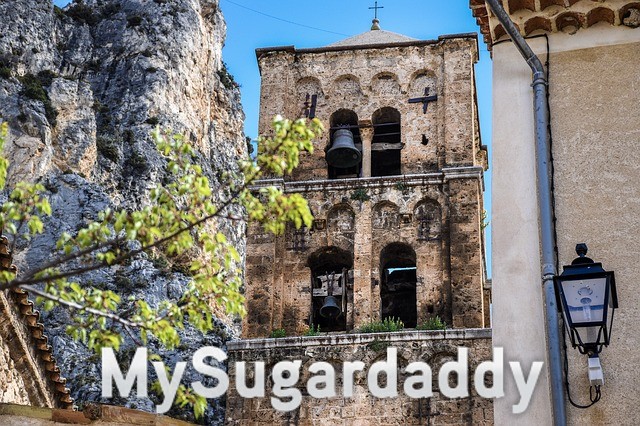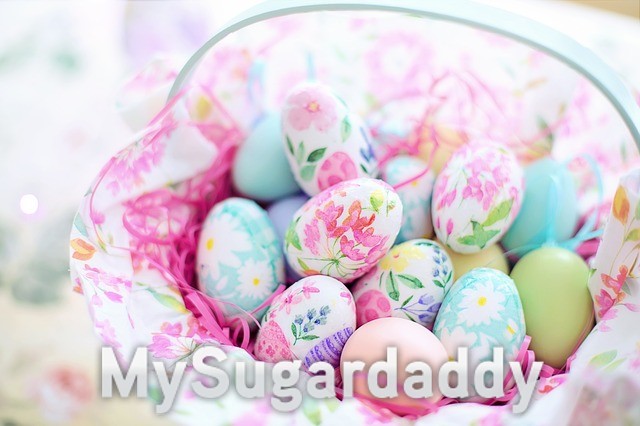Easter is finally here! You can feel it in the air! With supermarket full from chocolate eggs houses full from floral decorations, it can’t get unnoticed.

Yet, although this holiday is widespread throughout Europe, each country has it’s own traditions to celebrate it.
Some of these traditions are rather strange and not very pertinent with the Christian meaning of Easter. In fact it is known that Christianity tried to make compromises with the newly converted communities, by giving a Christian meaning to already existing feast days.
In this time
of year almost every population celebrated spring as a rebirth
of nature and therefore as fertility feast. This is the reason why
symbols such as eggs (symbol of birth) and rabbit (as a very
reproductive animal) are still the undisputed
protagonists of this event.
But now let’s take a look to how some European countries use to celebrate Easter.

In Germany it’s common that children go ‘eggs hunting’ during Easter Sunday! In fact they go in search of eggs (chocolate eggs or boiled with a painted shell) hidden in the garden or in the woods. It is said that it is the so-called Osterhase (Easter hare) that hides them.
Another German tradition concerns the Easter Fire, whose ashes were spread on the fields to fertilize the soil and insure good crops for the coming year.
Here it’s very common to decorate the Easter Tree with painted eggshells, flowers, bird’s nest and other Easter ornaments.
Moreover, it is also used to weave wreaths of yellow flowers and hang them on the doors.
And it isn’t Easter in Danmark without Påske Bryg (Easter beer) and Paasbrod, a traditional raisin bread.

In France bells don’t ring from Good Friday to Easter Sunday. To children it’s told that bells fly to Rome and stay there until Easter day. Children will have to hunt for the chocolate eggs dropped by the bells during the flight.
Moreover, in the French town of Bessières there is the singular tradition of cooking an omelette consisting of more than 4,500 eggs.
The Scandinavian traditions are anchored to the pre-Christian rituals linked to the fear of witches and demons. For this reason many little girls dress up as witches and walk around with their sooty faces asking for candies.
It is known,
Austria and Germany have many common traditions. That’s why Austrian
children go egg hunting as well.
Easter markets are very
characteristic too. Which are as beautiful and joyful as the
worldwide famous Christmas markets.

During the Semana Santa Spain has a great influx of tourists. This happens thanks to the rich Easter tradition, which refers more to the Christian aspect of the feast. Precisely in Seville and Andalusia processions are organized, where richly decorated statues representing the passion of Christ are transported around the city.
It is possible to find similar processions even in some cities of southern Italy, as a legacy of the ancient Spanish domination.
Here the most widespread tradition is linked to chocolate eggs with surprise. In fact during the Easter period it is possible to find entire corridors of the supermarkets solely dedicated to these eggs, whose height varies from 20cm to more than 1.50m.
Easter eggs are purchased based on the surprise they contain, so that even adults can exchange their Easter eggs and find jewels or travel vouchers inside.
In Poland it is customary to paint hard-boiled eggs on the Saturday before Easter. These eggs will then be put in a properly decorated Easter basket containing food such as sausages, bread, slices of cake etc. These baskets are brought to church for blessing and shared with friends and relatives on Easter Sunday.
On Holy Monday, however, it is tradition for boys to throw water on girls to bring about fertility.
